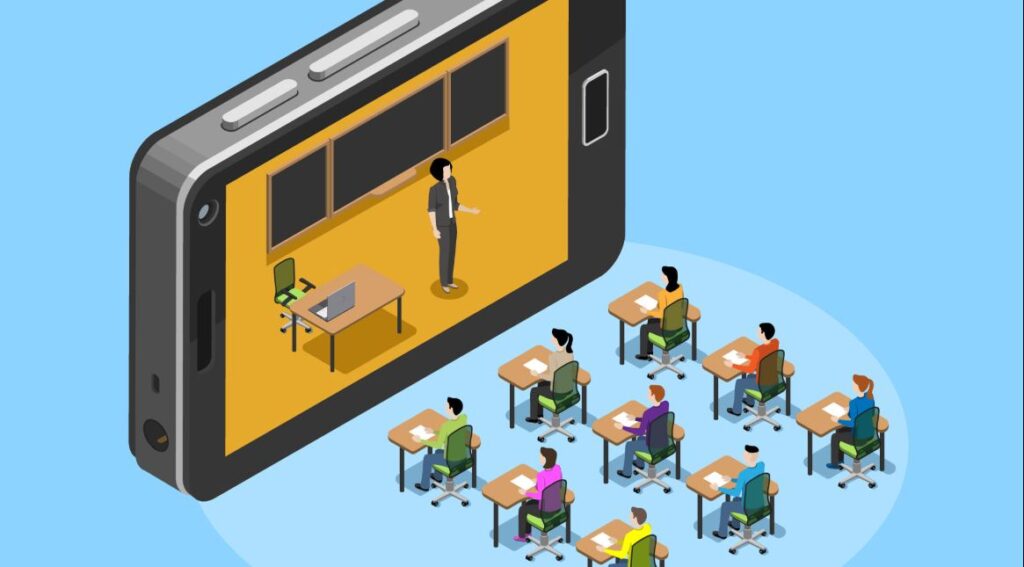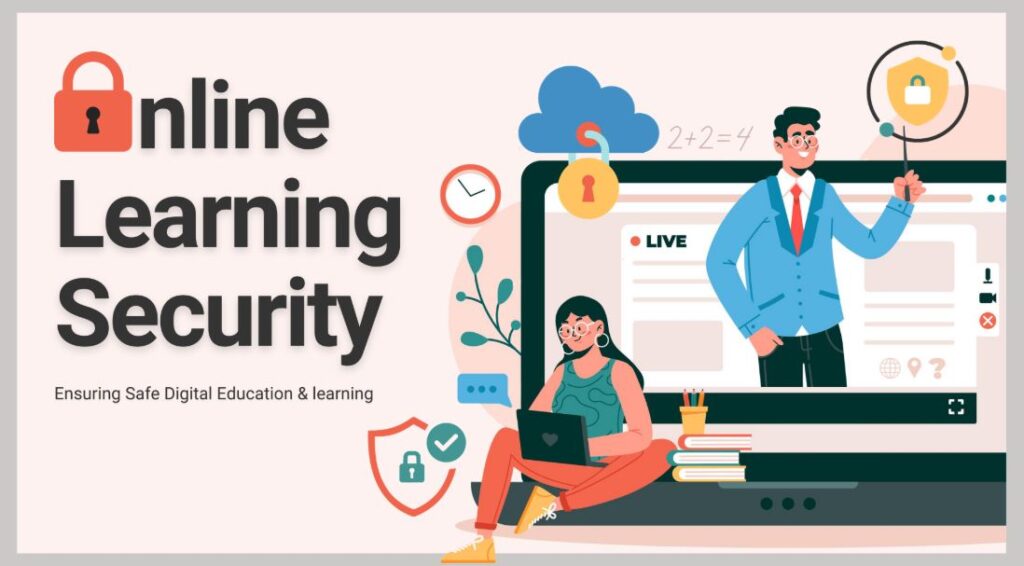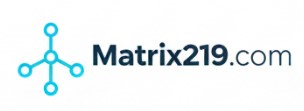With the rapid shift toward remote learning, securing digital education platforms has become a top priority. This new learning model presents unique challenges related to protecting sensitive data and preventing unauthorized access. In this article, we explore how to enhance security in remote education platforms using best practices and modern technologies.
Why Security Matters in Remote Learning Platforms
Ensuring security in remote learning platforms is crucial for:
- Protecting Personal Data: Safeguarding students’ and teachers’ sensitive information.
- Preventing Fraud: Defending educational systems against cyberattacks and fraudulent activities.
- Building Trust: Enhancing users’ confidence in digital learning by ensuring data security.

remote education security
Threats to Remote Learning Platforms
Common security threats include:
- Cyberattacks: Malware and ransomware targeting educational platforms.
- Security Breaches: Unauthorized access to students’ and instructors’ data.
- Phishing Scams: Attempts to trick users into revealing sensitive information.
Key Security Techniques for Remote Learning Platforms
To strengthen security, educational institutions should implement:
- Data Encryption: Protecting data during transmission and storage.
- Identity and Access Management (IAM): Ensuring only authorized users can access educational resources.
- Two-Factor Authentication (2FA): Adding an extra layer of security for login credentials.
Best Practices for Securing Remote Learning Platforms
To maximize security, institutions should adopt:
- Regular Software Updates: Addressing vulnerabilities in learning platforms.
- Strong & Unique Password Policies: Preventing unauthorized account access.
- User Awareness Training: Educating students and staff on data protection and cybersecurity best practices.
- Periodic Security Audits: Identifying and fixing potential security gaps.
Leveraging Cloud Security for Remote Learning
For enhanced security, institutions can utilize:
- Threat Monitoring Tools: Detecting suspicious activities through log analysis.
- Cloud Backup Solutions: Ensuring data recovery in case of cyber incidents or accidental loss.

Conclusion
Security in remote learning platforms is a critical component of digital education strategies. By implementing best practices and leveraging advanced security technologies, educational institutions can strengthen their cybersecurity posture and protect their systems from potential threats.
